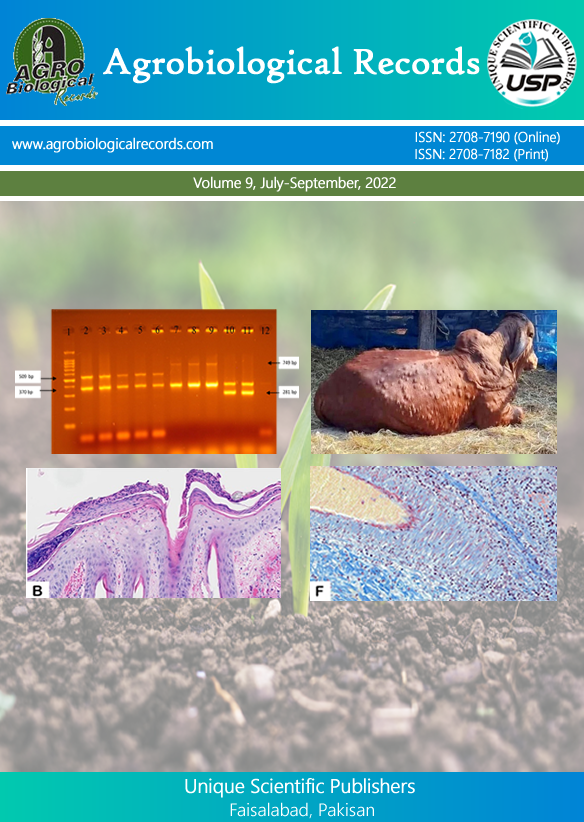
Rana Muhammad Ameer Hamza1*, Hamza Aslam2, Kinza Aleem3, Muhammad Aqib Bukhari4, Jawad Nadeem5, Hira Farooq2, Minahel Akbar3, Mehak Manzoor3 and Hina Ashraf3
1Department of Microbiology, Government College University, Faisalabad Pakistan 2Department of Botany, University of Agriculture Faisalabad, Pakistan 3Department of Zoology, Riphah International University, Faisalabad Campus, Pakistan 4Dipartimento di Scienze e Tecnologie Biologiche e Ambientali, Lecce (Lecce) University: Università del SALENTO, Lecce, Italy 5College of Pharmacy, Gachon University, Hambakmoero, Yeonsu-gu, Incheon 406-799, Korea
*Corresponding author: hamza54rana@gmail.com
Due to climate change, many animal species are experiencing rapid evolutionary transformations, including agricultural pests and disease carriers. This, in turn, causes changes in the prevalence of certain gene variants related to heat tolerance and desiccation resistance. Since some of these genes also influence resistance to insecticides, it is probable that climate change will affect the development of insecticide resistance in natural environments. The purpose of this review is to provide a real-world analysis of the effects of climate change and insecticide resistance. We illustrate this through examples involving plant-feeding and hematophagous pests, with a specific focus on the effects of rising temperatures and increased aridity. We propose that trade-offs or synergistic interactions between adaptation to climate change and resistance to insecticides can modify the frequencies of alleles responsible for insecticide resistance in natural environments. It is crucial to consider the dynamics of these interactions when devising strategies for managing agricultural pests and disease vectors in the face of a changing climate.